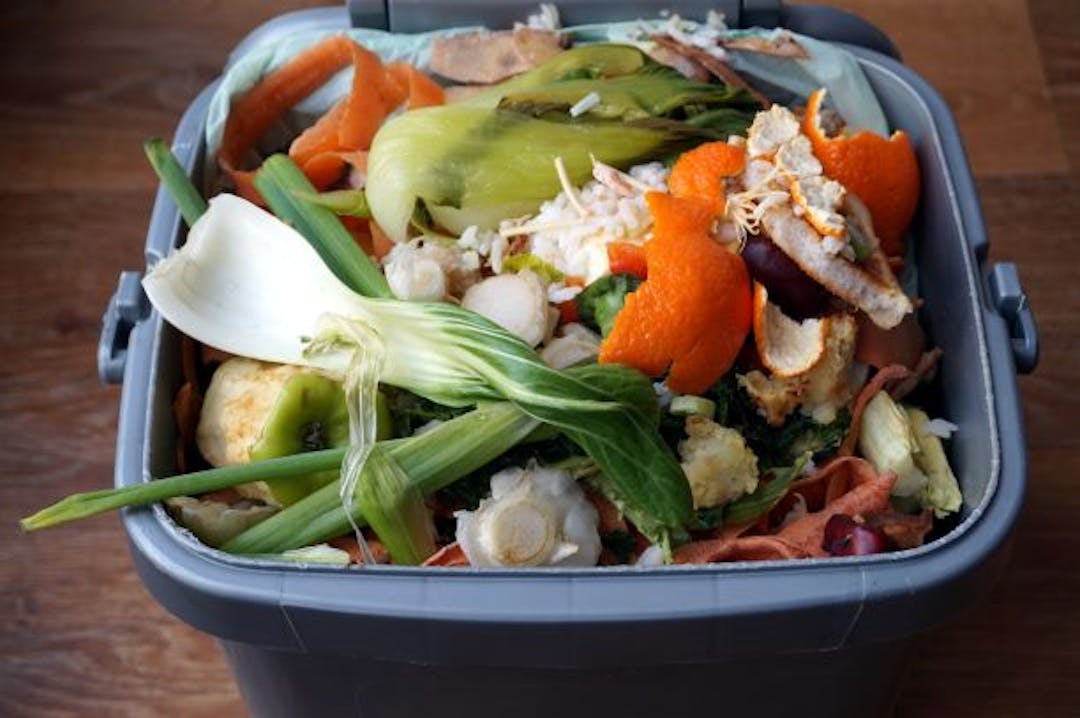The City’s waste diversion rate is currently around 30 percent. A city-wide residential food waste program is the only way Winnipeg can significantly increase its waste diversion rate.
A 50 percent waste diversion goal was set in 2011 in the City's the Garbage and Recycling Master Plan; however, that goal was deferred pending the completion of a pilot project and ten-year financial plan.
In 2019, Council directed the Public Service to implement a pilot project. After its completion in fall 2022, the Public Service will assess the pilot project and provide a report to Council with its findings. Council will then make a decision on whether to move forward with a city-wide residential food waste collection program.
How does the pilot project work?
Residential food waste collection for pilot households starts the first week of October, on the same day that recycling and garbage carts are picked up.
Pilot households will use their kitchen pail to collect day-to-day food waste in their home. We recommend that residents find a place that’s convenient to store it, like on the kitchen counter or under the sink.
To help keep the kitchen pail clean, you can use BPI-certified compostable plastic bags, paper bags or newspaper to line it.
When convenient, empty the kitchen pail into the green cart provided. We recommend that residents store green carts in their garage or a shady spot in their yard.
On their regular collection day, participating households should:
- Place carts out by 7 a.m.
- Space carts at least one arm’s length (one metre) from each other and other objects.
- Bring carts back onto private property as soon as possible after collection.
What goes in the green cart For a more detailed list of what is accepted and is not accepted in the residential food waste collection pilot project, please view the user guide or watch the video.
For a more detailed list of what is accepted and is not accepted in the residential food waste collection pilot project, please view the user guide or watch the video.
Keeping things clean
Keeping green carts and kitchen pails clean is the easiest way to reduce odours. To learn how, watch the video or follow the tips below:
- Line the kitchen pail with a BPI-certified compostable plastic bags, paper bag or newspaper.
- Line the bottom of the green cart with old newspapers, flyers or cardboard. This also helps to keep food waste from freezing to the bottom in the winter.
- Place the green cart out for collection every week, even when it’s not full.
- Store the green cart away from the hot sun, when possible.
- Occasionally rinse the kitchen pail and green cart with warm water and soap or vinegar.
Public Engagement
It is important to develop a program that best suits the residents of Winnipeg. Feedback from pilot households about their experience will be used to guide the City, should a decision be made to implement a city-wide program.
A three-phase public engagement program will gather input that will be used to improve the implementation and delivery of the pilot project.
- Phase 1 will provide baseline information for the pilot project and will be collected prior to the start of the pilot project. This includes a city-wide scientific survey and pilot resident survey.
- Phase 2 will enable participants to provide feedback early in the pilot project on initial experiences and the educational handouts provided by the City. This includes a pilot resident survey and open houses.
- Phase 3 will enable participants to provide feedback towards the end of the two-year pilot project and ask households to reflect on their experiences over the course of the pilot project. This includes a city-wide scientific survey and pilot resident survey.
The City will also be engaging various stakeholder groups, including residents that are not part of the pilot project, to gain insight into how a food waste collection program could best address the needs of all Winnipeggers. Watch for opportunities coming in November 2020.

 For a more detailed list of what is accepted and is not accepted in the residential food waste collection pilot project, please view the
For a more detailed list of what is accepted and is not accepted in the residential food waste collection pilot project, please view the 





